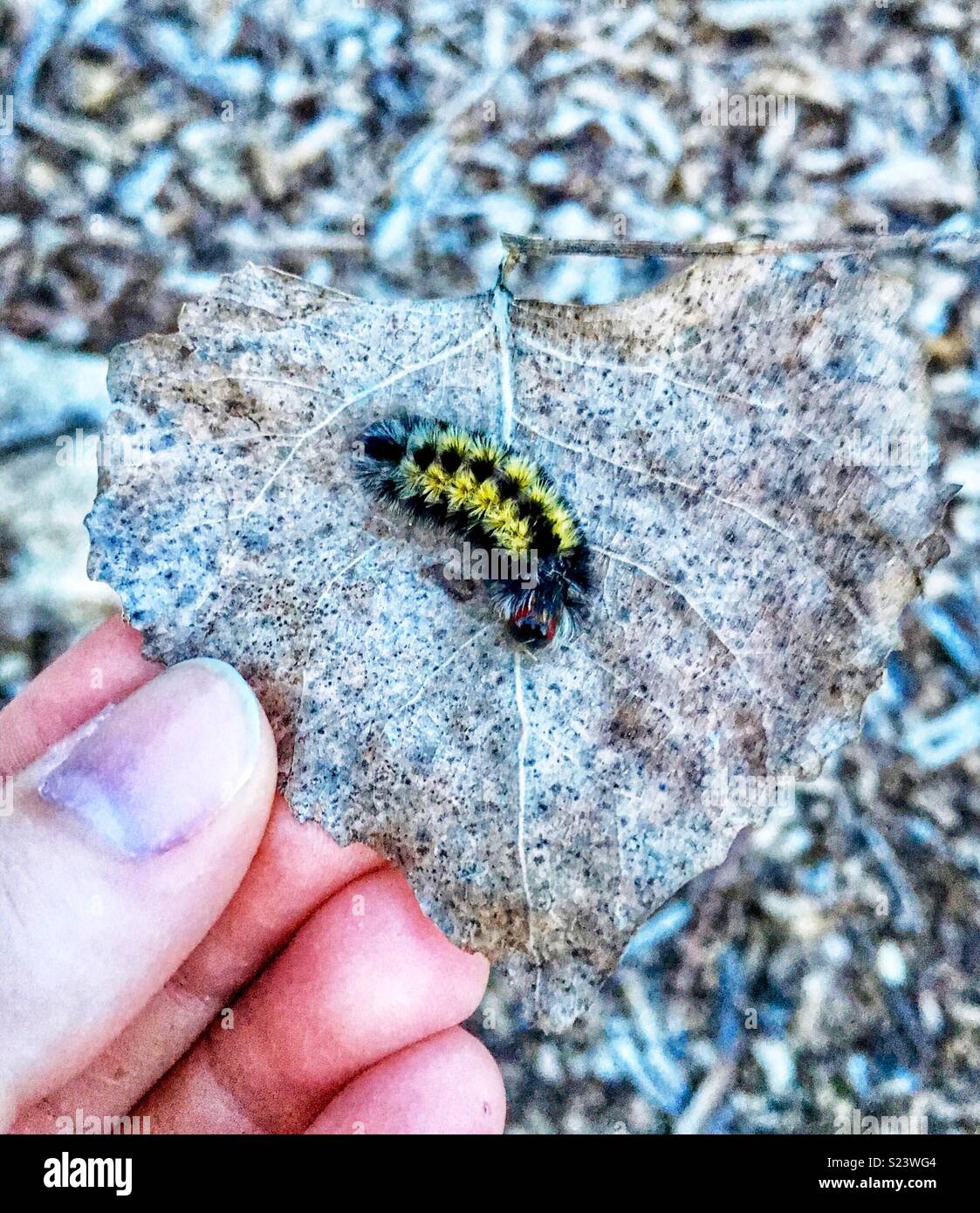
Most fuzzy black caterpillars are harmless to touch, though many have urticating hairs that can irritate skin and cause rashes. Each hair is tipped with a tiny barb that injects toxins into human skin upon contact. In Europe and southern Africa, the black-and-yellow caterpillar of the southern African tree nettle (Dendrocnide macrolides) is notorious for its stinging hairs. Although this furry critter may look cute and cuddly, it has toxic spines that can cause skin rashes. It’s covered in long, silky fur that resembles a cat’s fur, hence the name. She would say, See? with a wicked, beautiful smile on her face.The most notorious black caterpillar in North America is likely the puss moth (Megalopyge opercularis). She loved it when her predictions were right and the weather persons were wrong. They were passed down to help us know how to prepare for the night, day, or season. She would say that her ways were the ways of the Indians. She taught me how to feel and smell the rain coming and to look at the colors of sunsets to know if we needed to close our windows at night. taught me how to look at nature to indicate what kind of weather was coming. Both she and the Woolly Worm have a pretty accurate track record for being right about the winter weather. But, with no disrespect, I think I'll stick with my grandmas' Woolly Worm weather prediction method.

Ok, Farmer's Almanac, I get it, there are different types of Woolly Worms that we are lumping together as far as weather prediction. We’ll leave the weather-prognosticating “skills” to your own observation!" "Note that white, yellow, or other colors of fuzzy caterpillars are NOT the same type of woolly worm and are not used for weather forecasting. The Farmer's Almanac Knows - It Always KnowsĪccording to the Farmers Almanac website,


folklore says that thin brown bands on the woolly worms mean a harsh winter is coming, wider brown-banded woolly worms mean a mild winter, nearly black woolly worms means a severe winter is coming, and finally, the very light brown or white woolly worms mean a snowy winter according to the folklore. The Woolly worms you see with that are plack and rust striped means a miler winter. Well, according to my grandma, the solid color Woolly worms, whether all black, blonde, or even white, means a harsh and severe winter.


 0 kommentar(er)
0 kommentar(er)
